Home / UK & Europe / Charming Stops for Your Centra…
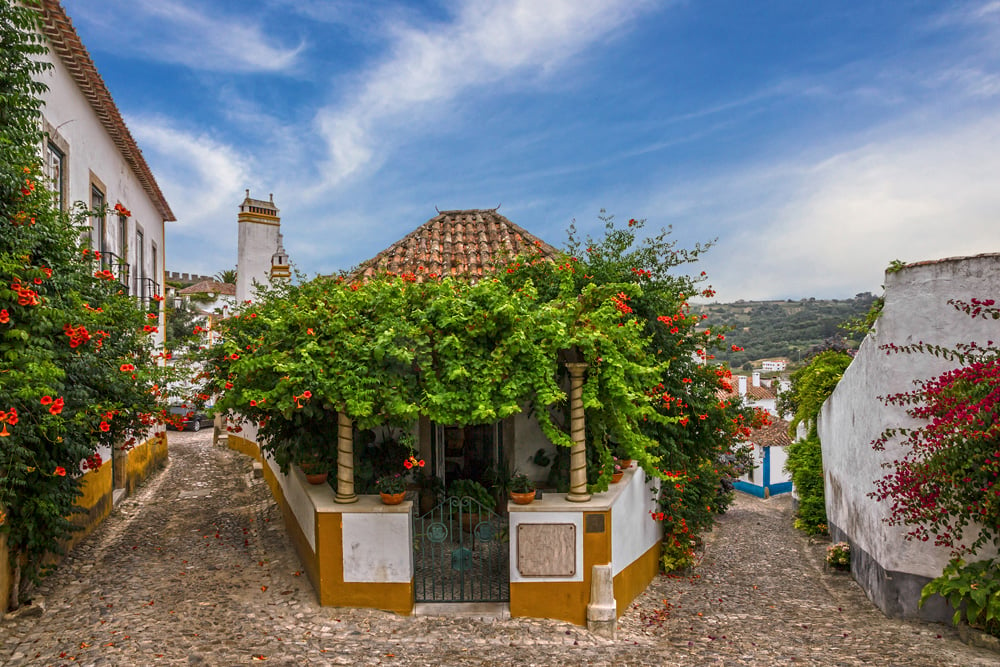
Charming Stops for Your Central Portugal Vacation
From Lisbon to Porto to the Algarve, everyone these days is making a beeline to Portugal. The quiet achiever of Southern Europe has come back with a roar in recent years, with a Portugal vacation offering idyllic weather, reasonable prices, delicious wine and cuisine, a friendly local culture, and an absolute treasure trove of historic attractions.
Many of these highlights aren’t actually located in Lisbon, Porto, or the Algarve, meaning visitors hitting only Portugal’s main hot spots on a whirlwind trip often miss out. Fortunately, Portugal’s not such a big place, so whether you choose to visit as part of an organized tour from one of the big cities, or travel independently with a car, any of these lovely towns is within easy reach. You can even reach most of them using the country’s well developed train network, though some will require bus connections.
Evora
Located a short drive or train ride east of Lisbon, Evora is a picture-perfect Mediterranean town surrounded by olive groves, where ancient walls surround a beautiful old town, and the cathedral looms high above. In Evora’s case, you can actually climb the narrow stairs to the Cathedral’s rooftop for fantastic views over the Alentejo region. Right next door, you’ll find the remnants of an older religion in the form of a ruined 1st-Century Roman temple. Dedicated to Diana, it’s the largest ruin of its kind in Portugal. The city’s other religious claim to fame is the 16th-Century Chapel of Bones, a beautiful ossuary lined with the bones and skulls of monks and others integral to Evora’s story. A coming together of history and local flavours, Evora is an easy day or one-night trip, and a great place to get a taste of the country’s interior on a Portugal vacation.

Obidos
Popular Obidos can be one of those towns you dread visiting in the high season. Yet, caught on the right day, this colourful walled city is pure hilltop magic. It helps that the old town is almost entirely pedestrianized, clearing the path for you to explore local shops, cafes, chocolate and craft makers, and purveyors of the ubiquitous sweet ginja, Portugal’s signature cherry liqueur. If you want to enjoy it with lighter crowds, arrive mid-week. While the main tourist drag of Direita is quite lovely, don’t be afraid to step away and explore the rest of the old town. A walk along the city walls gives you a terrific view over the countryside, including the nearby aqueduct.
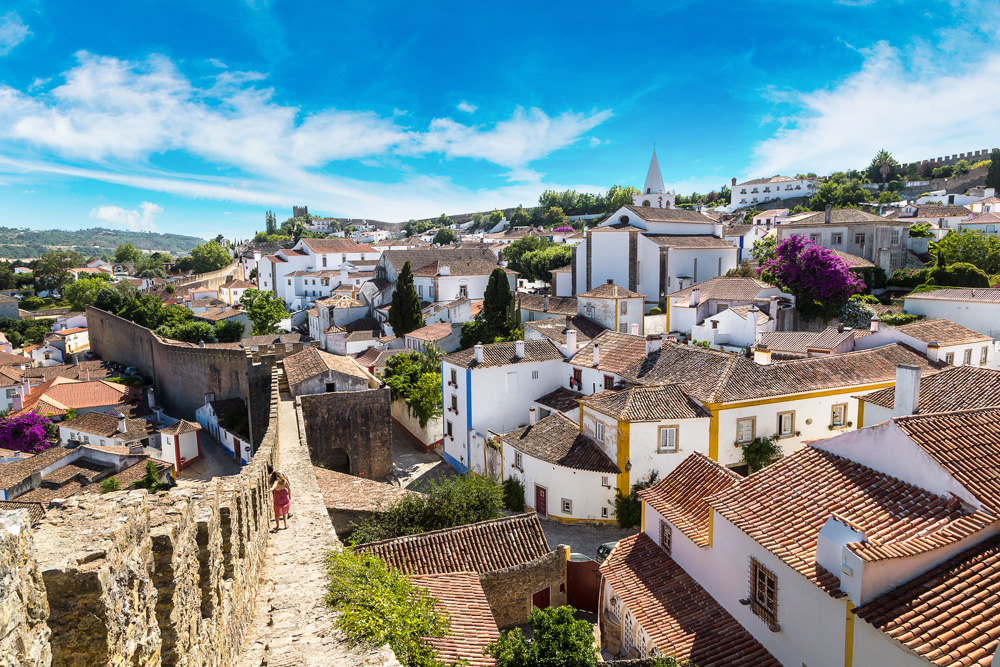
Nazare
Nazare feels a little like a beach resort town frozen somewhere in the 1980s, but that’s part of its charm. It’s also one of the friendliest small beach towns you’ll ever visit. Local restaurants tucked behind evocative whitewashed facades seat barely a dozen patrons, while the crash of Atlantic waves provides a steady soundtrack to an atmospheric evening. Speaking of waves, be sure to head to the cliffs overlooking Nazare. They’re a beautiful vantage point in summer, but off season, they’re an ideal spot to watch some of the world’s biggest waves. These monster waves are created by the underwater Nazare Canyon, and attract hard-core surfers from around the world. Rodrigo Koxa holds the Guinness World Record for the biggest wave ever surfed, after riding an 80ft wave here in November 2017.
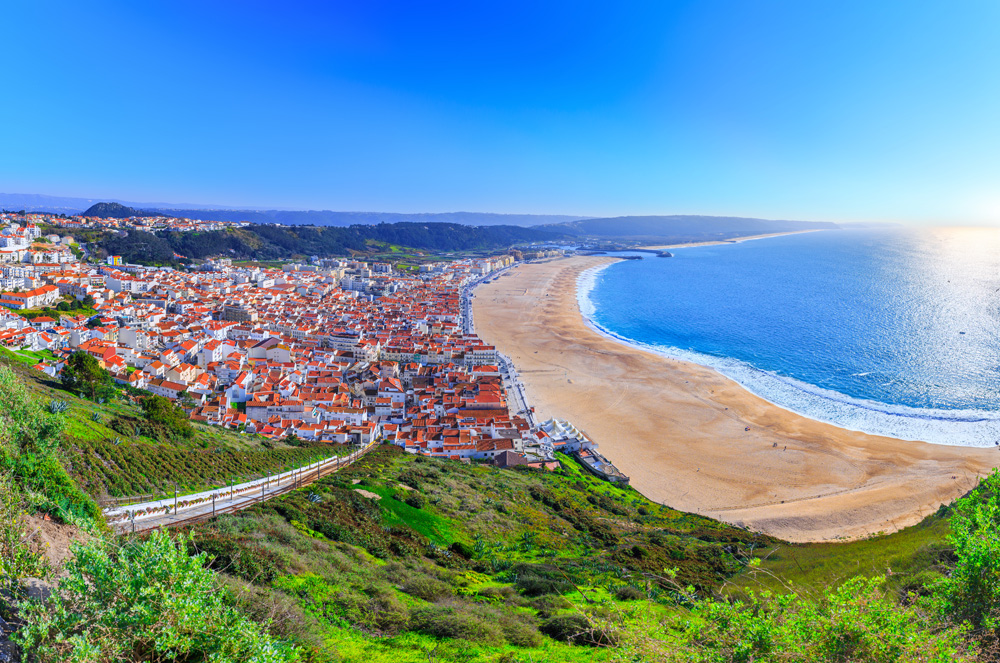
Alcobaca
If you’re staying in Nazare, Alcobaca is the closest of Central Portugal’s famous monasteries, and perhaps the most culturally influential. It’s most famous to visitors as the resting place of King Pedro I and his mistress, Ines de Castro. Their love story is either heartbreakingly tragic or the stuff of nightmares, depending on which version you believe. The reality was probably both. After Pedro’s disapproving father, Alfonso IV had Ines assassinated, Pedro is said to have gone mad with rage, capturing and publicly executing the killers. After that, the story just gets weird in any version, and we’d hate to spoil it here. Aside from this somewhat ghoulish heritage, Alcobaca is Portugal’s largest monastery, with medieval kitchens and cloisters all open to exploration.
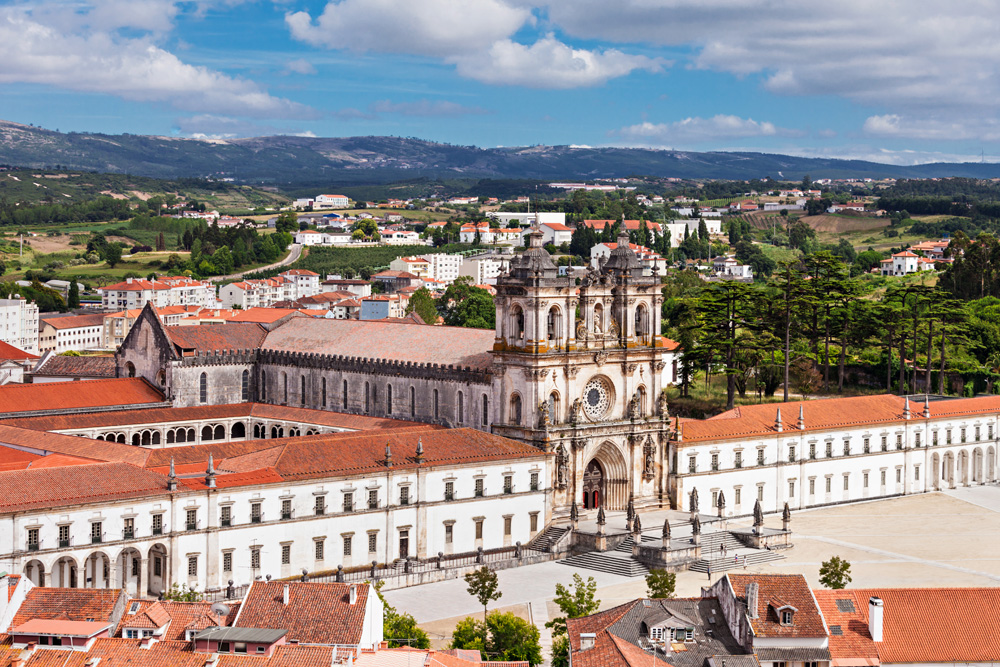
Batalha
Not far from Alcobaca is one of Portugal’s most beautiful monasteries, the gothic masterpiece of Batalha. It’s the final resting place of the 15th-Century Aviz dynasty, and has been converted into a museum. Honestly though, nobody will blame you for just basking in how pretty the whole place is. From the cloister, to the Founder’s Chapel, to the Unfinished Chapels, it’s hard not to just wander in awe. The Unfinished Chapels are a particular highlight. Commissioned in the 15th century, the intricate stonework here is exposed to the elements, creating an atmosphere not unlike exploring some ancient ruin.

Fatima
Allegedly the site where the Virgin Mary appeared to a trio of small children in 1917, Fatima has been synonymous with Portuguese Catholic identity, and a pilgrimage site for Catholics ever since. The Sanctuary of Our Lady of Fatima now dominates the town’s main square. You’re probably going to feel one of two ways about Fatima. Believers absolutely shouldn’t miss it. Likewise, if you’re wanting an insight into a vital part of Portugal’s religious identity, Fatima is a worthwhile stop. It’s said the “Three f’s” that define Portuguese culture are fado, football, and Fatima. But if you’ve been to other Catholic pilgrimage sites in Europe, you may find Fatima to be quite similar. Still, it’s an easy trip from Nazare, and is often included on day trips from Lisbon, usually along with Nazare, Batalha, Obidos, and sometimes Alcobaca.
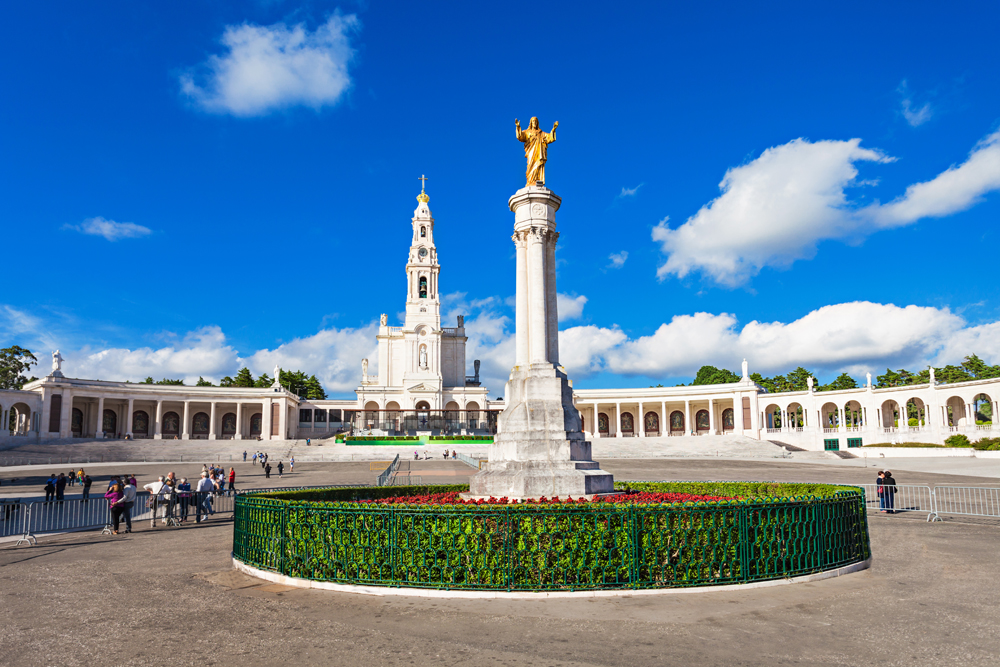
Tomar
Anyone with an interest in Templar history should make Tomar a priority on their Portugal vacation. The town’s highlight is the Convent of Christ, founded by the Templar Knights in 1118. Integral to the defence of the Christian kingdom against the Moors, this impressive stronghold remained under Templar control until the order dissolved in 1319. The Order of Christ took control of the convent in 1357. The convent as it remains today is one of the most impressive in Portugal, combining Romanesque, Renaissance, Gothic, and Manueline styles, centred around the stunning Round Church. The relatively modest Church of Santa Maria do Olival is another Templar building dating back to the 12th century, used as a burial place for the Knights Templar of Tomar.
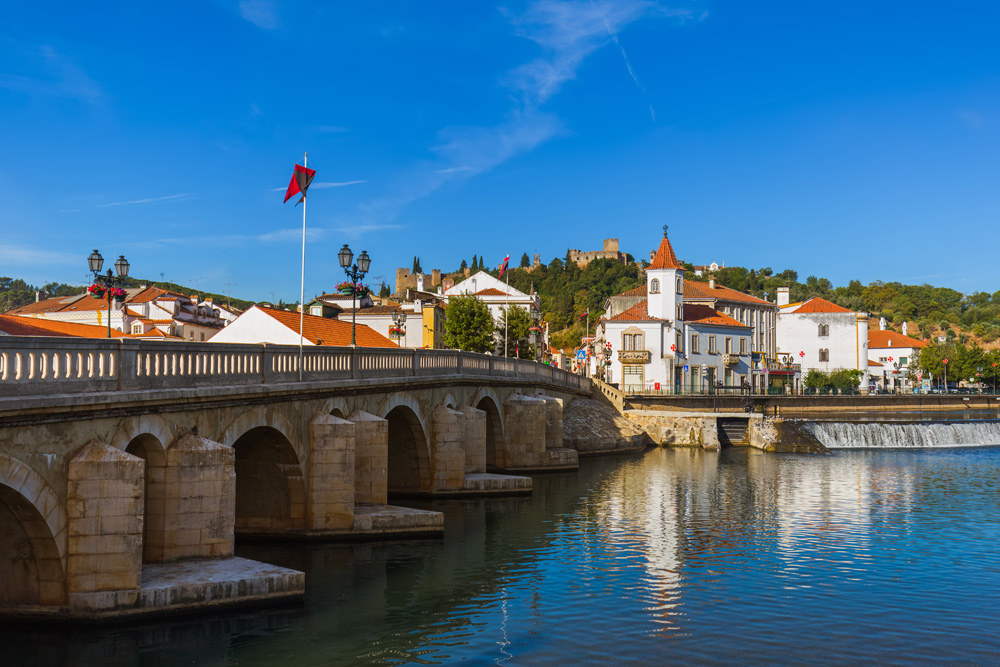
Coimbra
The university city of Coimbra stands out from others on this list for a couple of reasons. One is size – at over 140,000 people, it’s the fourth largest urban area in Portugal. The other is its namesake university, one of the most prestigious in Portugal, and arguably Europe. Dating back to 1290, the University of Coimbra is the oldest in the Portuguese-speaking world, and will easily fill up a day of sightseeing with its museums, gardens, cathedrals, examination rooms, and gilded Joanine Library, which dates back to 1717, and admits a strictly limited number of visitors every half hour. Don’t be surprised if you see some of Coimbra’s 20,000 students rocking their academic robes outside of school. This is a proud, long-standing fashion tradition in Coimbra, one that J K Rowling has said inspired the robes Harry Potter and his friends would wear at Hogwarts. Outside the university, Coimbra is just an extremely pleasant city to wander at your own pace, getting lost in its web of hillside streets. A couple of churches worth visiting include the Santa Cruz Monastery, where the first two kings of Portugal are buried, and the Monastery of Santa Clara-a-Velha, where Ines de Castro (see Alcobaca, above) was detained and murdered by Alfonso IV.
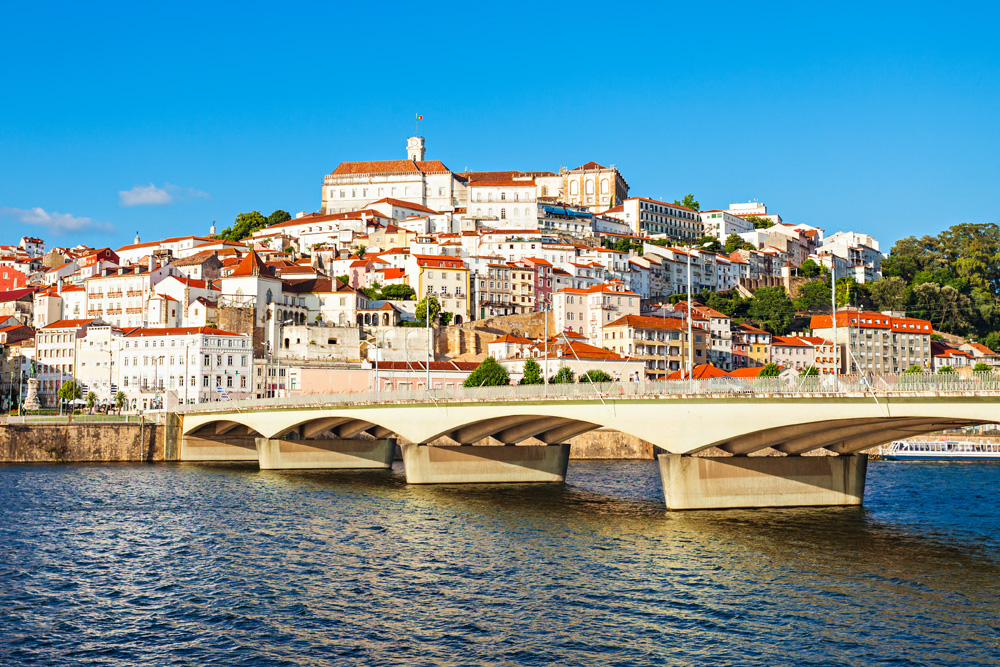
For more Portugal vacation travel ideas, please visit us at www.goway.com.
Get more travel inspiration by email.
Subscribe
0 Comments

Get the latest travel trends & hear about the best deals on vacations around the world.
If you’re a Globetrotter, these are the newsletters for you!



